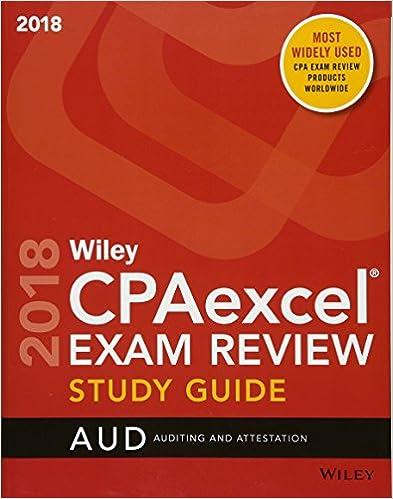The following accounting information pertains to two grocery store chains. One grocery store chain has a market strategy of selling only high end organic food products while the other grocery store sells less expensive foods that are traditionally grown with the use of pesticides, synthetic fertilizers, and/or genetically modified organisms. The company selling traditional produced foods has an average inventory balance of $45,000, while the company selling organic foods has an average inventory balance of $40,000. a. Complete the table by filling in the missing amounts. b. Which grocery store chain is taking a lower cost/higher volume strategy as it relates to sales? c1. Calculate the inventory turnover and average days to sell inventory for each grocery store chain. c2. Based on your calculations, which grocery chain will be required to reorder inventory more frequently? Complete this question by entering your answers in the tabs below. Reg Req B Req C1 Reg C2 Complete the table by filling in the missing amounts. Traditional Sales $ Cost of Goods Sold Gross Margin Gross Margin Percentage 600,000 35 % $ $ Organic 300,000 200,000 % Req B > The following accounting Information pertains to two grocery store chains. One grocery store chain has a market strategy of selling only high end organic food products while the other grocery store sells less expensive foods that are traditionally grown with the use of pesticides, synthetic fertilizers, and/or genetically modified organisms. The company selling traditional produced foods has an average inventory balance of $45,000, while the company selling organic foods has an average Inventory balance of $40,000. a. Complete the table by filling in the missing amounts. b. Which grocery store chain is taking a lower cost/higher volume strategy as it relates to sales? c1. Calculate the inventory turnover and average days to sell inventory for each grocery store chain. c2. Based on your calculations, which grocery chain will be required to reorder inventory more frequently? Complete this question by entering your answers in the tabs below. Req A Req B Req C1 Req C2 Which grocery store chain is taking a lower cost/higher volume strategy as it relates to sales? Lower cost/higher volume strategy The following accounting information pertains to two grocery store chains. One grocery store chain has a market strategy of selling only high end organic food products while the other grocery store sells less expensive foods that are traditionally grown with the use of pesticides, synthetic fertilizers, and/or genetically modified organisms. The company selling traditional produced foods has an average inventory balance of $45,000, while the company selling organic foods has an average inventory balance of $40,000. a. Complete the table by filling in the missing amounts. b. Which grocery store chain is taking a lower cost/higher volume strategy as it relates to sales? c1. Calculate the inventory turnover and average days to sell inventory for each grocery store chain. c2. Based on your calculations, which grocery chain will be required to reorder inventory more frequently? Complete this question by entering your answers in the tabs below. Reg A Req B Req C1 Reg C2 Calculate the inventory turnover and average days to sell inventory for each grocery store chain. (Use 365 days in a year. Round your "Inventory Turnover Ratios" to 1 decimal place and all other answers to the nearest whole number.) Inventory turnover Average days to ratios sell inventory times days Traditional Organic times days Req C2 >










